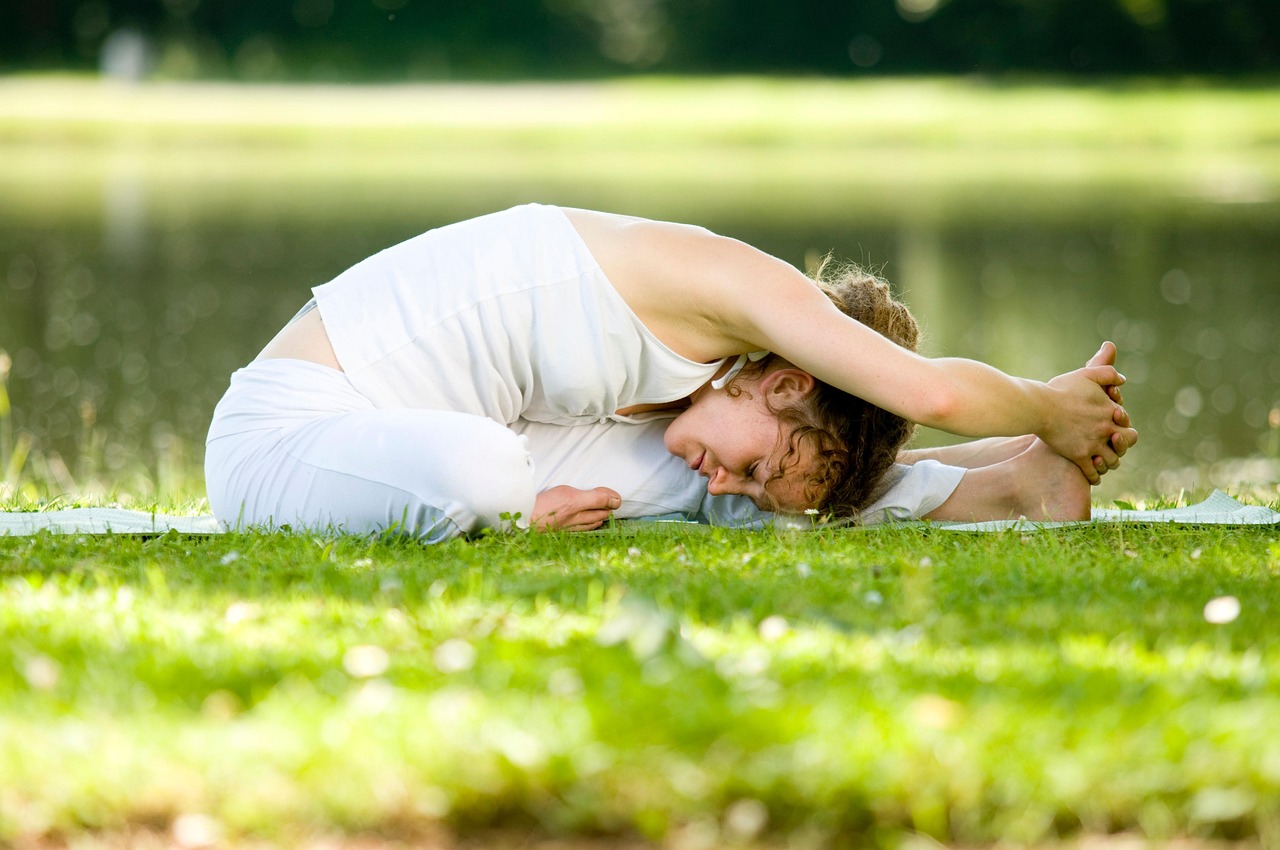Pelvic floor exercises for bladder control can transform your daily life. If you’re dealing with leaks or an urgent need to rush to the restroom, you’re not alone. Many women face these challenges, but the good news is that you have the power to change it. Strengthening your pelvic floor can improve your bladder control, enhance your confidence, and even boost your overall well-being.
Let’s dive into what pelvic floor exercises are, why they matter, and the specific movements you can incorporate into your routine today.
Contents
What Are Pelvic Floor Exercises?
Pelvic floor exercises, often referred to as Kegel exercises, target the muscles that support your bladder, uterus, and rectum. These muscles act like a hammock, holding everything in place. When they’re strong, you’ll experience better bladder control and a reduced risk of urinary incontinence.
Why Do Pelvic Floor Exercises Matter?
You might be wondering, “Why should I focus on these exercises?” Here are a few compelling reasons:
- Improved Bladder Control: Strengthening these muscles can help prevent leaks and reduce urgency.
- Enhanced Sexual Health: A strong pelvic floor can lead to increased sensation and better orgasms.
- Support During Pregnancy and Postpartum: It can ease labor and recovery.
- Better Posture and Core Strength: These muscles play a crucial role in your overall stability.
7 Must-Try Pelvic Floor Exercises for Bladder Control
Let’s explore seven effective exercises that can make a real difference in your life.
1. Basic Kegel Exercise
How to Do It:
- Sit comfortably or lie down.
- Imagine you’re trying to stop the flow of urine.
- Tighten your pelvic floor muscles and hold for 5 seconds.
- Relax for 5 seconds.
- Repeat 10-15 times.
Tips: Focus on squeezing the right muscles. No need to hold your breath or tighten your abdomen.
2. Quick Flicks
How to Do It:
- Just like the Basic Kegel, but quicker.
- Tighten the pelvic floor muscles quickly, then relax immediately.
- Aim for 10 quick squeezes followed by a full relaxation.
Benefits: These help train your muscles for those moments when you need quick control.
3. Bridge Pose
How to Do It:
- Lie on your back with knees bent and feet hip-width apart.
- Press your feet into the ground, lift your hips, and engage your pelvic floor.
- Hold for 5-10 seconds, then lower.
Why It Works: This exercise not only engages your pelvic floor but also strengthens your glutes and core.
4. Squats
How to Do It:
- Stand with feet shoulder-width apart.
- Lower your body as if sitting in a chair, keeping your knees behind your toes.
- As you rise, engage your pelvic floor.
Bonus: Squats are great for overall lower body strength while targeting your pelvic floor.
5. Dead Bugs
How to Do It:
- Lie on your back with your arms in the air and knees bent at 90 degrees.
- Slowly lower your right arm and left leg while keeping your core engaged.
- Return to the starting position and switch sides.
Benefits: This exercise not only works your pelvic floor but also engages your entire core.
6. Side-Lying Leg Lifts
How to Do It:
- Lie on your side with your legs stacked.
- Lift your top leg while engaging your pelvic floor.
- Hold for a moment before lowering it back down.
Why Choose This One?: It targets the pelvic floor while also working your hip muscles.
7. Wall Sit
How to Do It:
- Stand with your back against a wall and slide down until your knees are at a 90-degree angle.
- Engage your pelvic floor muscles during the hold.
- Aim for 30 seconds to a minute.
Strengthening: This exercise builds endurance in your pelvic floor and lower body.
Tips for Success
- Consistency is Key: Aim to practice these exercises at least 3-4 times a week.
- Listen to Your Body: If something doesn’t feel right, adjust your form or skip that exercise.
- Stay Patient: Results take time, so don’t get discouraged.
Incorporating Pelvic Floor Exercises into Your Routine
You can easily fit these exercises into your daily life. Here are some quick tips:
- Morning Routine: Start your day with a few Kegels while brushing your teeth.
- During Commutes: Practice Quick Flicks while sitting in traffic.
- While Watching TV: Do a few sets of Dead Bugs during your favorite show.
The Science Behind Pelvic Floor Exercises
Research supports the effectiveness of pelvic floor exercises. A study published in the Journal of Urology found that women who performed Kegel exercises experienced significant improvements in urinary incontinence. The American Urological Association also endorses these exercises as a first-line treatment.
Common Mistakes to Avoid
- Holding Your Breath: Remember to breathe normally during your exercises.
- Using the Wrong Muscles: Avoid tightening your abdomen or buttocks.
- Being Inconsistent: Make it a habit to see results.
When to Seek Professional Help
If you’re still experiencing issues with bladder control after several weeks of consistent effort, consider consulting a healthcare professional. A physical therapist specializing in pelvic health can provide personalized guidance.
Bottom Line
Pelvic floor exercises for bladder control are not just a wellness trend; they’re a lifeline for many women. By dedicating just a few minutes each day to strengthen these vital muscles, you can reclaim your confidence and improve your quality of life. So, what are you waiting for? Start today!
FAQ
Q: How long until I see results?
A: Many women notice improvements within a few weeks of consistent practice.
Q: Can I do these exercises during my period?
A: Absolutely! These exercises can be done safely at any time.
Q: Are there any risks?
A: When done correctly, pelvic floor exercises are safe. If you feel pain, consult a professional.
Embrace these exercises, and take control of your bladder health. Your body deserves this investment!








